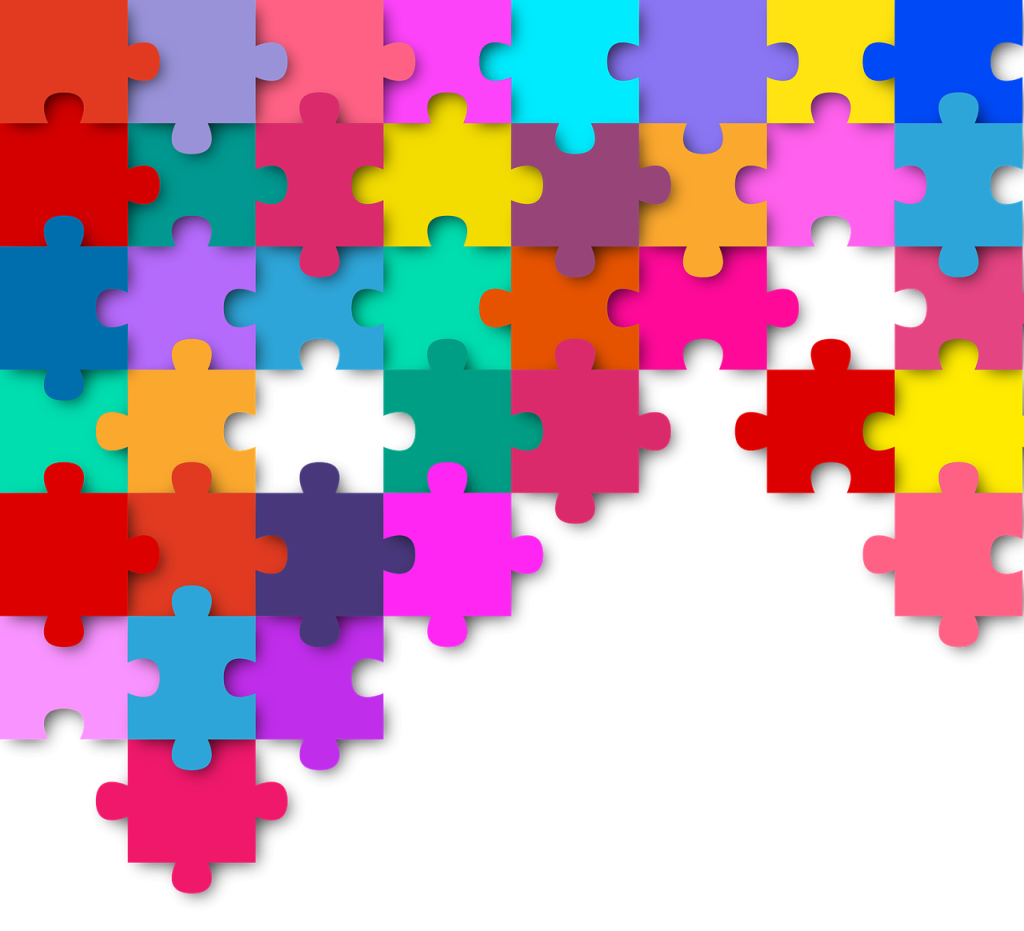
Crossword puzzles blend creativity and structure, making them both challenging and entertaining. The art and science behind constructing these puzzles require skillful grid design, careful word selection, and clever clue writing. Creating a crossword puzzle involves balancing complexity and fun, ensuring that puzzle enthusiasts remain engaged while also being mentally stimulated.
Many constructors begin with a love for solving puzzles, which can lead to a deeper involvement in designing their own. This journey showcases their passion for both language and logic, leading to a rich community of puzzle creators and solvers. Each new puzzle constructed opens up opportunities for problem-solving and cognitive engagement, vital for keeping minds active.
Understanding the construction process allows enthusiasts to appreciate the effort and thought that goes into each clue and answer. As they explore the techniques and creativity involved in developing these brain teasers, they gain insight into why crossword puzzles continue to captivate people worldwide.
Foundations of Crossword Construction
Crossword construction relies on systematic approaches that balance creativity with the rules of grid design and theme development. These foundational elements are crucial for crafting engaging puzzles that challenge solvers while remaining enjoyable.
Grid Design Principles
Grid design is the backbone of crossword puzzles. It involves arranging words on a square grid filled with black squares that separate answers. A well-designed grid maintains symmetry, usually reflecting across the center. This is a common trait in notable puzzles, such as those in the New York Times.
Designers must also consider the vocabulary used in the puzzle. They should select words that fit seamlessly into the grid, ensuring that all clues lead to appropriate answers. The arrangement of black squares is important, too, as it affects the flow of the puzzle. Effective designs enhance player experience by allowing a mix of easy and difficult clues, ultimately keeping solvers engaged.
Theme Development Strategy
Theme development adds a layer of depth to puzzles. A strong theme ties the answers together, offering a unique twist. Crossword constructors often start by brainstorming themes that resonate with current events, holidays, or pop culture.
Selecting a suitable theme involves ensuring that relevant words can be integrated into the grid while remaining accessible to solvers. Good themes draw on wordplay and creativity, presenting answers in a clever way that surprises solvers. Effective themes increase the puzzle’s appeal, encouraging more players to engage with it.
Advanced Techniques and Processes
Creating successful crossword puzzles involves specific techniques and processes that blend artistry with science. Key elements include effective clue writing, careful grid filling, and thorough testing to ensure a smooth solving experience.
Art of Clue Writing
Clue writing is crucial in crossword construction. A well-crafted clue can enhance the puzzle’s appeal. Constructors often aim for a blend of cleverness and clarity. For example, four-letter words might have straightforward definitions, while longer words can use wordplay or trivia.
Effective clues often incorporate a varied vocabulary. Using synonyms or cultural references can add depth. Paolo Pasco, a known constructor, emphasizes the importance of engaging clues that invite solvers to think. Quality clues create satisfaction when solved, elevating the entire crossword experience.
Technical Aspects of Grid Fill
Grid fill involves placing words in a way that avoids pitfalls like awkward letter combinations. Constructors often begin with a seed word and build from there. They must consider symmetry and balance, especially in formats specified by outlets like The New York Times.
Computational techniques, grounded in computer science, play a role in modern construction. Programs can suggest words based on given letters and constraints. This helps constructors avoid common issues, such as repeating words or filling gaps with unusual letter pairings, ensuring a smooth solving path.
Testing and Refining Puzzles
Testing is essential in crossword construction. After the grid is filled, a test solver is often engaged to identify potential problems. Feedback focuses on clues that may be too obscure or difficult, helping refine them for clarity.
Will Shortz, the crossword editor for The New York Times, advocates for this stage. Often, constructors adjust clues based on feedback to strike a balance between challenge and enjoyment. This iterative process solidifies the quality of the puzzle, ensuring solvers have a satisfying experience.
Conclusion
The construction of crossword puzzles is a multifaceted process that combines creativity, logic, and technical skill. From the initial grid design to the final testing phase, each step requires careful consideration and expertise. The art of clue writing, the science of grid filling, and the importance of thorough testing all contribute to creating puzzles that challenge and delight solvers. As crossword construction continues to evolve, incorporating new technologies and techniques, it remains a craft that honors tradition while embracing innovation. Whether you’re a seasoned constructor or an aspiring puzzle maker, understanding these elements can deepen your appreciation for the intricate world of crosswords and perhaps inspire you to create your own brain-teasing masterpieces.
